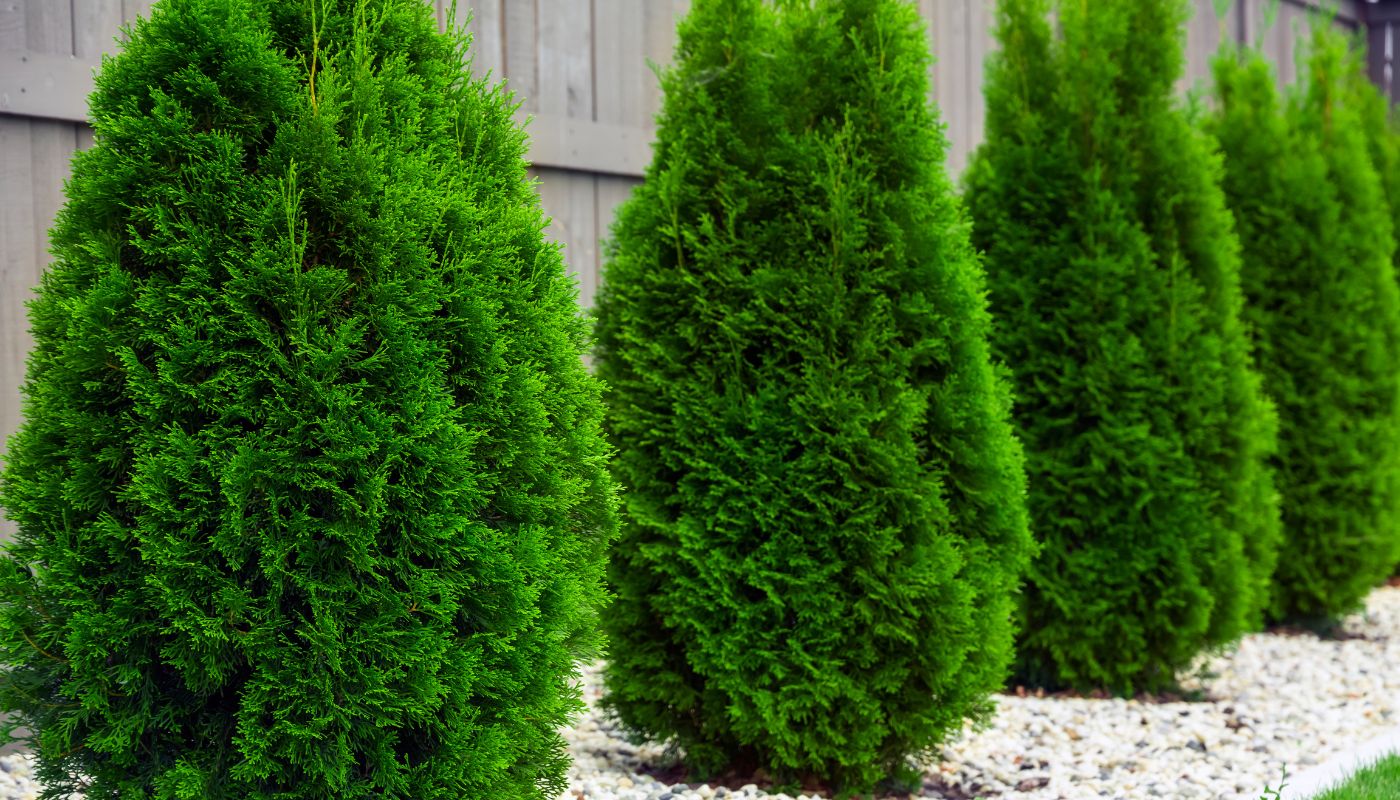Protecting Garden Birds from Cats and Other Predators
As nature lovers, we appreciate the beauty and joy that birds bring to our garden. However, predators like cats pose a significant risk to these feathered visitors, especially during feeding and nesting periods. If you're a bird enthusiast searching for ways to keep your avian friends safe, you're in the right place.
This article will delve into practical measures you can take to protect birds from predators, including tips on the best trees for birds to hide in and how to effectively scatter bird seeds on the ground to bypass bird feeders.
Understanding Predators in Your Garden
Cats and Other Predators
Cats, both domestic and feral, are known to be skilled hunters. They possess sharp claws, keen eyesight, and a predatory instinct that makes them a significant threat to birds in your garden. Other common predators include raccoons, snakes, and larger birds of prey. Understanding these predators and their behaviors can go a long way in creating a safe environment for your feathered friends.
Creating A Safe Haven for Birds in Your Garden
Creating a protective environment for birds is essential to keep predators at bay. This involves selecting the right trees and plants, setting up safe feeding areas, and taking necessary measures to deter predators.
Your garden's selection of trees and plants can provide excellent cover for birds against predators. Some of the best tree choices include:
Pine Trees
Evergreen trees, including Pines, are excellent for providing birds with year-round cover. These trees offer privacy, and their dense foliage also serves as an ideal hideout for birds and other wildlife, promoting safe nesting.
Other rapid-growing evergreens that make top landscaping choices for bird-friendly private yards include Thuja (pictured above), Arborvitae, Leyland Cyprus, and Spartan Juniper. Their robust growth and thick canopies make them perfect sanctuaries for your feathered friends.
Oak Trees
Oaks are renowned for their acorns, a natural food source for many birds. They also have dense branches that offer good cover.
Hawthorn Trees
With their dense, thorny branches, Hawthorn trees are an excellent bird shelter and a deterrent for predators.
Apart from trees, incorporating native shrubs and plants that bear seeds, berries, and nectar will attract various bird species and provide food and cover.
- Serviceberry (Amelanchier): These shrubs or small trees produce berries that are a favorite of many bird species.
- Black-Eyed Susan (Rudbeckia hirta): These flowering plants produce seeds that birds love.
- Coneflowers (Echinacea): Another seed-producing plant that is popular with a variety of birds.
- Sunflowers (Helianthus): Not only do they produce seeds that birds eat, but they also provide good cover.
- Elderberry (Sambucus): Produces berries and offers great cover with its dense growth.
- Trumpet Vine (Campsis radicans): A nectar-rich flowering plant that will attract hummingbirds.
- Holly (Ilex): The berries are a favorite of many birds, and the dense foliage provides excellent cover.
Remember, it's important to choose native plants for your specific region, as these will be most beneficial to the local bird species.
Implementing Safe Feeding Practices
Bird feeders can sometimes become a danger zone, attracting both birds and their predators. Bypassing bird feeders and sprinkling bird seeds along the ground can be an effective strategy. This method reduces predictability and makes it more challenging for predators to stalk their prey. Here are some tips for safe ground feeding:
Providing Natural Food Sources
Plant native trees, shrubs, and plants that produce fruits, seeds, and nectar. This provides food for birds and creates more natural feeding environments that can be safer and less obvious to predators.
Timing Your Feeding
Birds are typically most active during the early morning and late afternoon. Feeding during these times can help ensure food does not sit out long enough to attract predators.
Positioning Your Feed
Scatter food sources near or under dense shrubs or trees that provide quick cover for birds. This will offer them an escape route if a predator approaches. However, avoid placing feeders too close to areas where cats can hide.
Utilizing a Bird Table or Platform Feeder
If ground feeding attracts too many predators, consider using a raised bird table or platform feeder. Ensure it's in an open area and away from spots where a cat could easily jump.
Cleanliness is Key
Regularly clean your feeding areas to prevent diseases from spreading among the bird population. Old or spoiled food can attract pests and potentially even more predators.
Using Weight-Activated Feeders
Some bird feeders close their feeding ports when a certain weight is applied, preventing access to larger, predatory birds and squirrels.
Considering Cage-Protected Feeders
These feeders have a wire cage around them, which allows small birds in but keeps larger predators out.
Remember, the key to safe feeding practices is to maintain a balance. While we want to offer food to our feathered friends, we also want to ensure that our gardens don't become hunting grounds for predators.
You must be logged in to this post! Please sign in:







